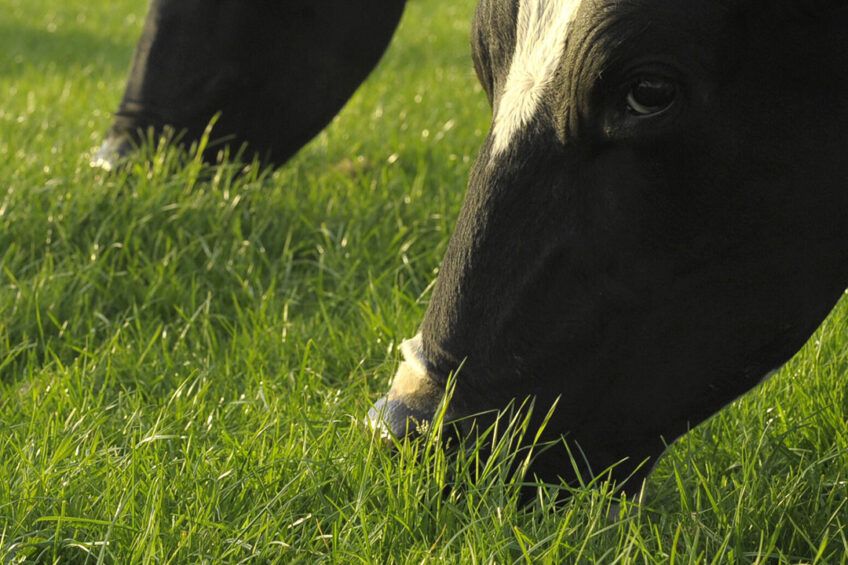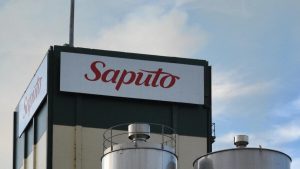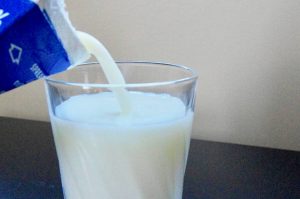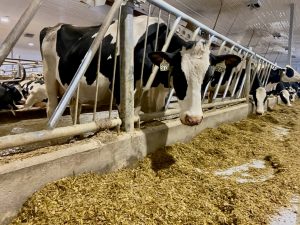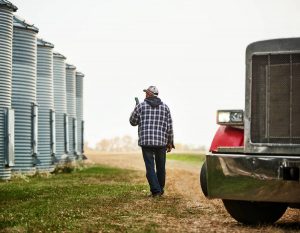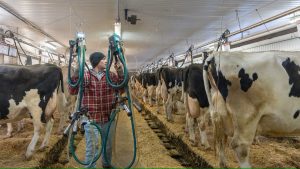
The question many dairy producers will wrestle with in the days ahead is whether to continue planting corn and soys or park the planter and harvest forage. Ontario Ministry of Agriculture, Food and Rural Affairs forage specialist Christine O’Reilly says the best choice for dairy producers is to focus on forage harvest and then return to planting.
O’Reilly acknowledges that parking the planter for a few days may cost growers a few bushels of corn and soy yield, but it does not compare to the loss of digestible fibre going into a ration when forage harvest is delayed. Quite simply, she says farmers are going to take a bigger hit on alfalfa harvesting delays than late-planted corn.
Research presented by Michigan State forages and cover crops extension specialist Kim Cassida indicates that alfalfa loses quality very rapidly in the first cutting of the year.
From a feed value perspective, first-cut alfalfa will add 0.4 to 0.9 points of neutral detergent fibre (NDF) for every day harvest is delayed (and when it comes to NDF, lower is better). At the same time, neutral detergent fibre digestibility (NDFD) is going down at a similar rate, 0.4 to 0.9 points. Overall, relative feed quality/value (RFV) declines 4 to 5 points daily past the optimum harvest timing.
From an economic perspective, Cassida says that a 4-point drop in hay RFV is worth US$8-16/acre/day of delay or 0.5 lb milk/day when fed.
Corn planted after May 15 can also be costly for farmers, losing 2 to 3 bu/acre/day, but the loss of quality forage has further implications for a dairy operation. “With this level of loss, it’s very difficult for a nutritionist to find another source of energy for the ration,” stresses O’Reilly.
“Dairy farmers need that quality. Once farmers run into that situation, they have to park the planter, do forages and start planting again,” says O’Reilly. She notes that this strategy should be applied to all forages, from pure alfalfa to mixed stands.
